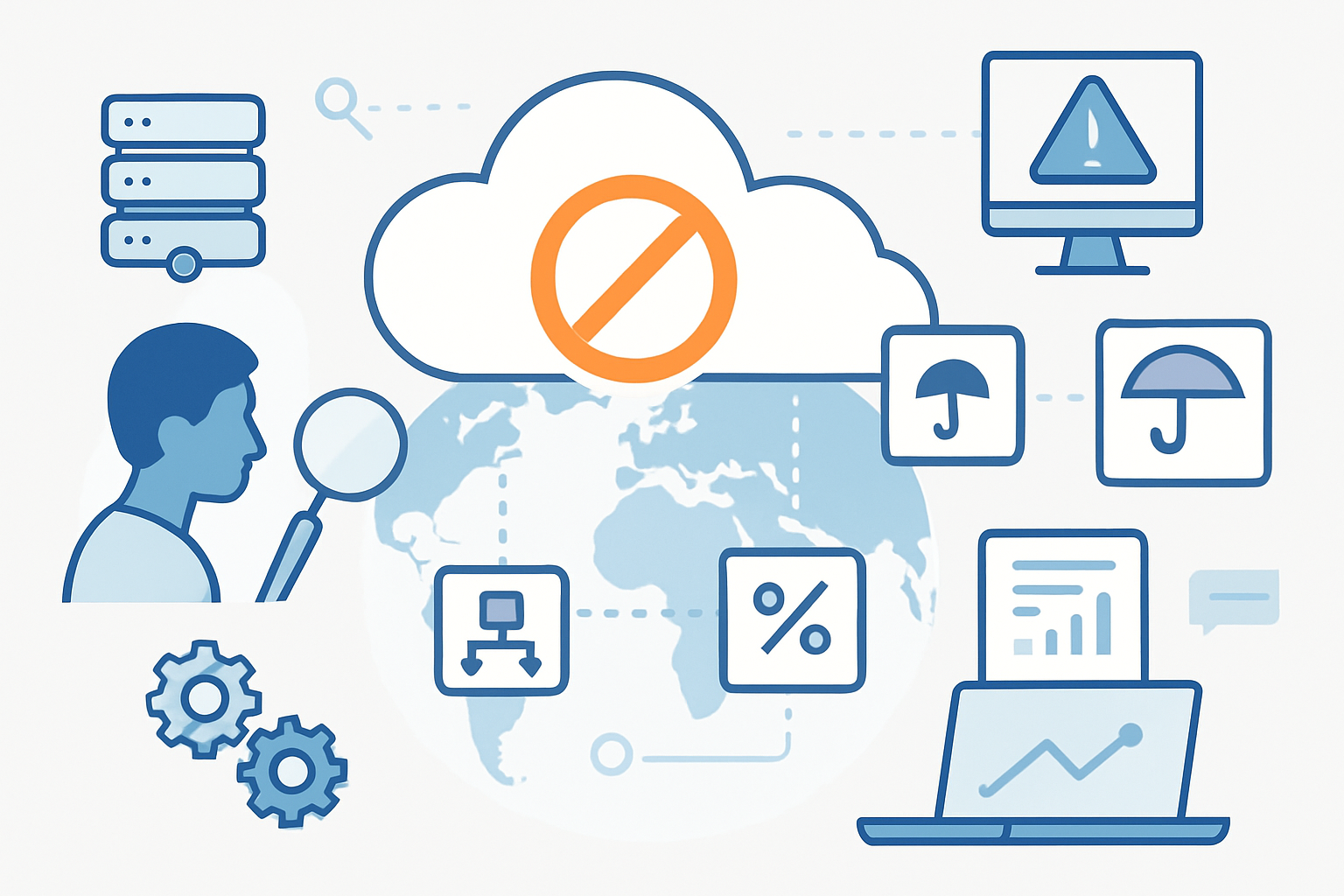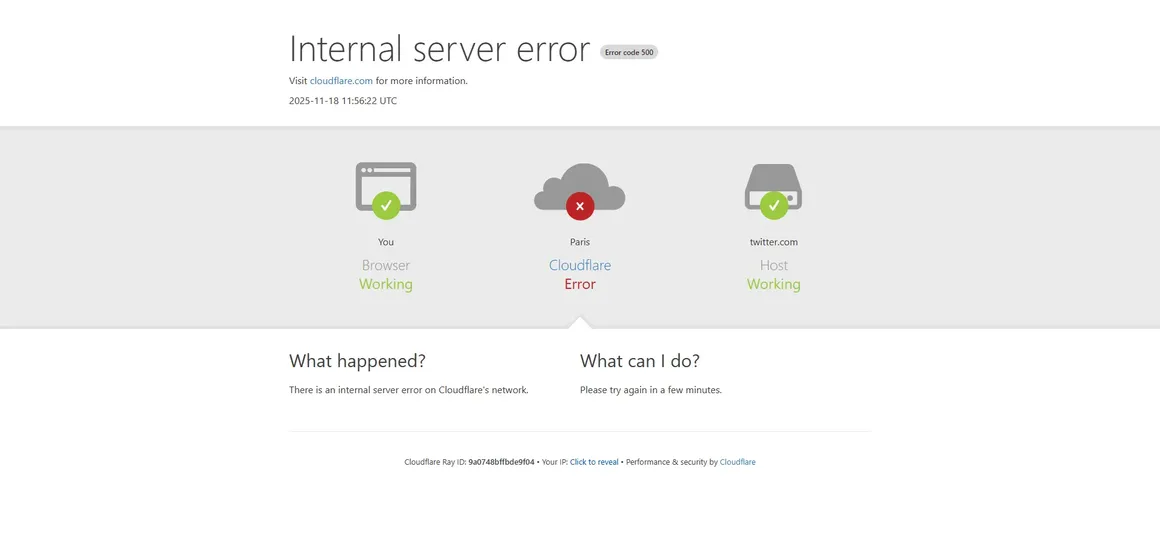Posted on September 30, 2021 at 10:51 AM
Business Systems Face a Myriad of Attacks as Hackers Guess Passwords
Aggression by hackers intensifies as they struggle to hack RDP services. The vulnerability these cybercriminals are exploiting includes weak passwords applied in business networks. In their attack against computer networks, threat attackers make billions of attempts with the intention to take advantage of the widespread remote desktop protocol (RDP) among other cloud services available in present-day corporate space.
In an investigation by Cybersecurity experts working with ESET, up to 55 billion other password attempts had been made in three months from May 2021. This was twice the number of attacks that had been identified between the first four months this year.
Strategies used by threat attackers
Every password successful guessed makes for easy access into the targeted network. Cybercriminals who capitalize on this strategy position themselves in a winning position. Even after getting their guesses right, they can leverage this entry for subsequent attacks. For instance, they would be able to execute ransomware, among other malware attacks.
After cybercriminals have made their way into an enterprise’s network, they use the privileges that come with such access to give themselves more permission. This enables them to further exploit the network to their advantage. Some of the destructive moves hackers can make once they are in the network include turning off security services to make it an easy-to-use platform for their criminal activities.
Among the most desirable prey for attacks associated with brute-force password-guessing include remote desktop protocol services. The widespread use of remote operations has inspired the need for more people to use remote desktop services. The bulk of this population constitutes public-oriented services. With the successful breaching of a password, the threat attacker will, in most cases, employ a more practical approach in ensuring that their original intentions or motivations for hacking are satisfied.
Cybercriminals have an expansive chance to hack into enterprise networks. Such a vulnerability is always embraced with a huge willingness. The extent of attacks alone is an indication that automation is indeed the problem. However, attackers will access the networks very easily if the accounts are protected using easy-to-guess passwords. Sadly, most passwords are either easy to guess or are so common that the hacker will only have to put few pieces together.
As cyber-attacks have increased to the tune of billions, it may not be possible to manually execute such attacks. This leaves automated attacks as the only possible approach. Nonetheless, the manual angle employed in establishing and implementing the infrastructure used in hacking cannot be disregarded. The manual aspect also comes in when the hackers determine the kind of targets they are more likely to penetrate.
Besides preying on remote desktop protocol services, hackers also target public-oriented SQL and SMB services that are normally protected using default passwords. Default passwords are normally a flaw or a vulnerable part of any system, and cyber attackers know this very well. As such, they also take advantage of this loophole.
Response by Cybersecurity experts
The primary reason behind the success of brute-force hacking is that most accounts use simple passwords that often constitute a single word. A complex password can be very effective in protecting your account against cybercriminals. Brute-force kinds of attacks are often unsuccessful when complex passwords are used.
According to the National Cyber Security Centre, it is recommended that users install three words they can easily remember as their preferred password. This makes the entire protection more technical and therefore able to resist brute-force kinds of attacks when cyber attackers make their move.
The organization also sends a call to action to enterprises and companies to set up an extra layer of security that will protect them from all manner of brute-force attacks. The campaign to remind people about the significance of strong passwords can therefore never be overemphasized, particularly because of the increasing number of unauthorized accesses to individual and organizational networks.
The deployment of multi-factor authentication (MFA) is the primary solution for such kinds of vulnerabilities. With such protection in place, it does not matter whether the cyber attacker knows the password to your account or network because the additional layer of security will prevent them from moving forward to access the network or system.
For sure, the best way to protect yourself from cyber attackers is to set up a password that cannot be penetrated manually. Doing so requires using a complex set of words that only you can remember and put together. The other option is to use multi-factor authentication on top of your first line of defence. The extra layer of security further protects you from those who want to manually enter your network and execute ransomware or their intended attacks.











